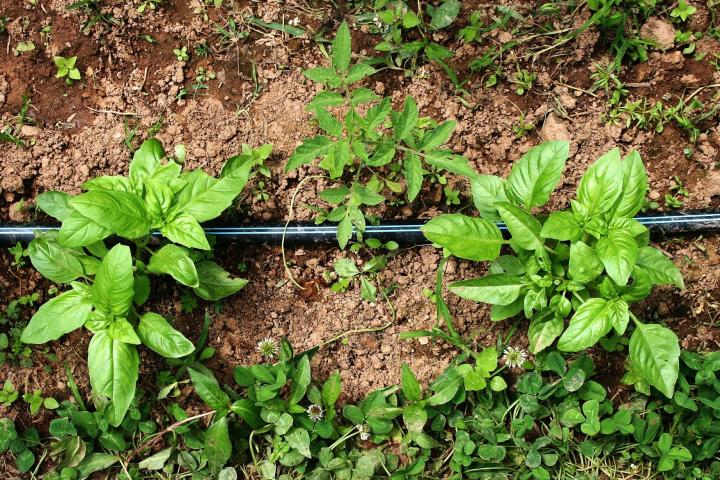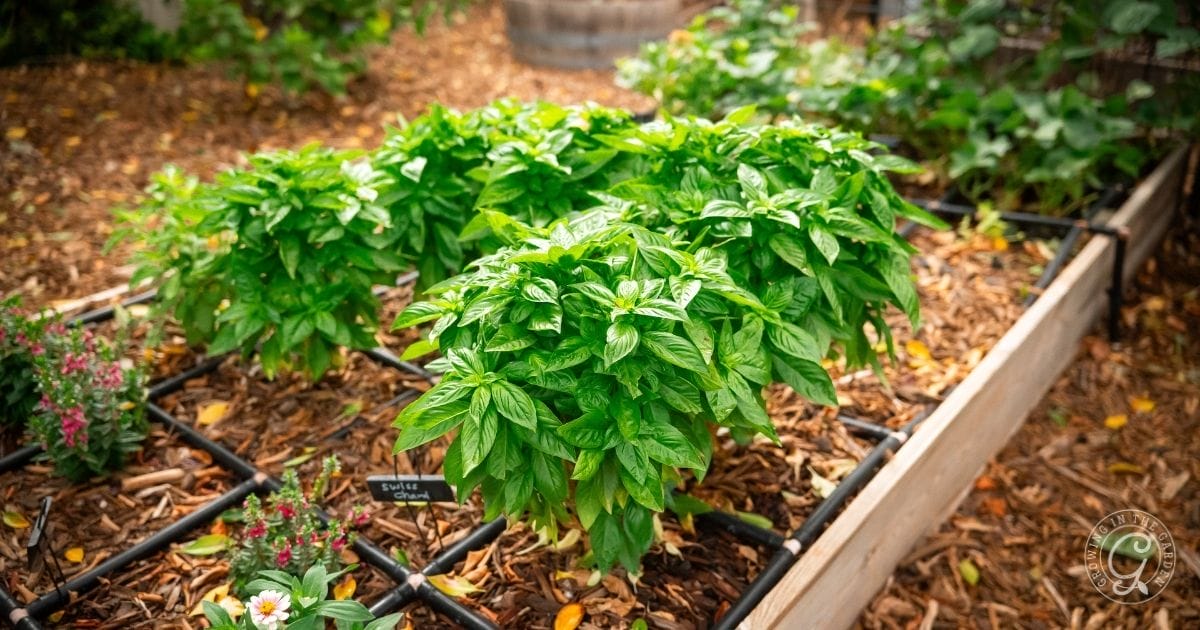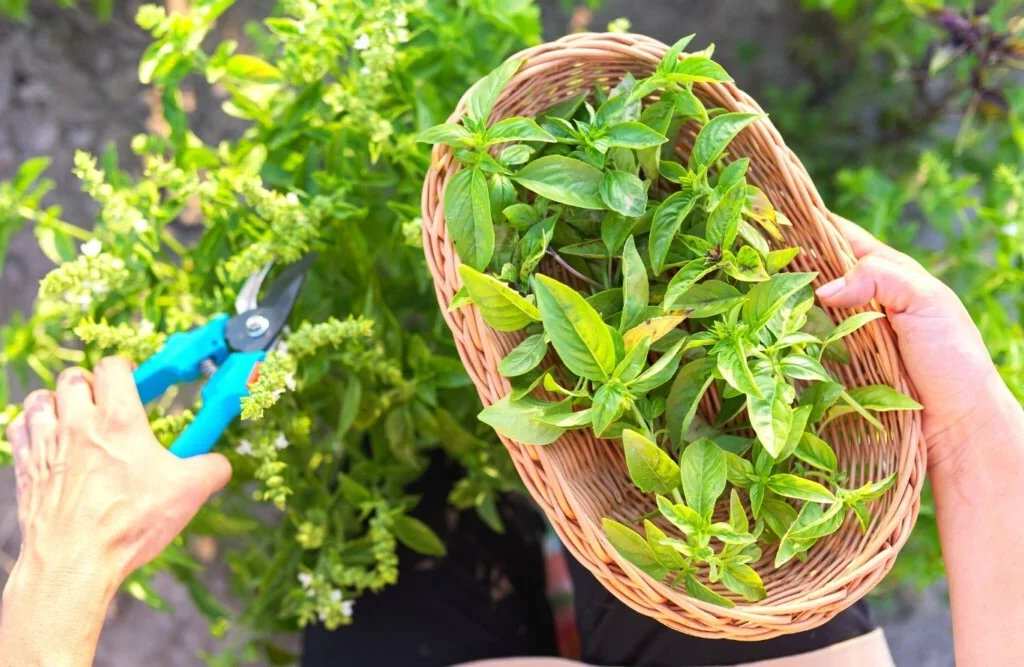Fresh, aromatic basil is a favorite herb in kitchens and gardens around the world. Whether you’re using it in pasta, pizza, pesto, or salads, there’s nothing quite like the flavor of freshly picked basil leaves. But did you know that the way you harvest basil leaves can dramatically affect the health, growth, and flavor of your plant?
Cutting basil correctly isn’t just about plucking a few leaves. It’s an important gardening skill that encourages bushier growth, extends your harvest season, and ensures your plant thrives for months. In this guide, we’ll cover how to cut basil leaves from a plant correctly, why technique matters, the best tools to use, and bonus care tips to keep your basil lush and productive.

Why Proper Basil Harvesting Technique Matters
Basil is a fast-growing, tender annual herb that thrives when harvested the right way. Randomly snipping leaves can lead to:
- Leggy, thin plants
- Reduced leaf production
- Premature flowering (bolting)
- Lower quality leaves
Correct cutting stimulates basil to produce new stems and leaves from just below the cut point, encouraging a fuller, bushier shape. Plus, harvesting regularly delays flowering — which is essential, as basil leaves can turn bitter after the plant blooms.

When to Start Harvesting Basil
The ideal time to begin cutting basil leaves is when the plant reaches about 6–8 inches tall and has developed several sets of leaves. Look for strong stems with at least two or three pairs of mature leaves. Starting too early can stunt the plant’s growth, while waiting too long may lead to unwanted flowering.
Key harvesting signs:
- The plant is 6–8 inches tall.
- There are 4 or more leaf pairs along the stem.
- Temperatures are consistently warm, as basil thrives in heat.

Best Tools for Cutting Basil
While you can pinch basil leaves with your fingers, using clean, sharp tools ensures a clean cut, reduces plant stress, and minimizes the risk of spreading disease.
Recommended tools:
- Sharp garden scissors
- Herb snips
- Small pruning shears
- Clean fingernails (for quick pinching)
Always clean your tools before and after harvesting to prevent disease transmission between plants.

Step-by-Step: How to Cut Basil Leaves from a Plant Correctly
Here’s a simple, foolproof method to harvest basil leaves the right way:
Identify the Correct Cutting Spot
Look for a stem with several leaf pairs. Focus on the point where two large leaves grow opposite each other, with small new leaves or buds emerging between them.
Cut Above a Leaf Node
Use your scissors or fingers to snip the stem 1/4 inch above the leaf node (the point where two leaves and a new stem branch out). Avoid cutting randomly in the middle of the stem without regard for nodes — doing so won’t encourage healthy regrowth.
Why this works: Cutting just above a node signals the plant to send out two new stems from that point, doubling your potential harvest.
Harvest Top-Down
Always harvest from the top of the plant first. This prevents the plant from growing too tall and leggy, encouraging it to fill out sideways.
Take No More Than a Third of the Plant
Never remove more than 1/3 of the plant’s total leaves in one harvest. Removing too much can stress the plant, slowing down its recovery and reducing future yields.
How Often Should You Cut Basil?
Regular harvesting promotes continuous growth. You can harvest basil once or twice a week during its peak growing season (late spring through summer).
Tip: Even if you don’t need the leaves, snip the tops of the stems regularly to keep the plant producing and delay flowering.
What About Individual Leaves?
If you only need a few leaves:
- Pinch off the largest, outermost leaves first.
- Always leave the smaller, inner leaves and growing tips intact.
- Avoid stripping one side of the plant bare — take leaves evenly from around the plant for balanced growth.
How to Prevent Basil from Flowering
Once basil flowers, the leaves can become tougher and bitter. To keep your basil productive:
- Regularly pinch or snip off flower buds as soon as you spot them.
- Prioritize cutting stems before they flower.
- If flowers do open, cut them off immediately along with a few inches of the stem below.
Best Time of Day to Cut Basil
For maximum flavor and freshness:
- Harvest basil in the morning after the dew dries but before the heat of the day.
- Avoid harvesting in the middle of hot, sunny afternoons — leaves lose moisture quickly and essential oils degrade.
How to Store Freshly Cut Basil
Once harvested, basil wilts quickly. To keep it fresh:
- Place stems in a glass of water, like a bouquet, on the countertop. Change the water daily.
- Cover loosely with a plastic bag to retain humidity.
- Alternatively, wrap leaves in a damp paper towel and refrigerate in a sealed container for a few days.
- For long-term storage, consider freezing or drying leaves.
Common Basil Cutting Mistakes to Avoid
Cutting too low on the stem — which can slow down regrowth.
Removing too many leaves at once — stressing the plant.
Letting basil flower without pruning — resulting in bitter leaves.
Harvesting sporadically instead of regularly — making the plant leggy.
Bonus Tips for a Thriving Basil Plant
- Water consistently — Basil loves moist (but not soggy) soil.
- Provide full sun — At least 6 hours of direct sunlight daily.
- Pinch early and often — Start topping stems early for bushier growth.
- Fertilize lightly — Use a balanced, organic fertilizer every 4–6 weeks.
- Grow in well-draining soil — Basil dislikes waterlogged roots.
Conclusion
Knowing how to cut basil leaves from a plant correctly is one of the simplest yet most rewarding gardening skills you can master. A little technique goes a long way in keeping your basil plant lush, productive, and bursting with flavor all season long.
Remember:
- Start harvesting when the plant is at least 6–8 inches tall.
- Always cut above a leaf node.
- Harvest from the top down and regularly prune to prevent flowering.
- Use sharp, clean tools for the job.
- Don’t be afraid to cut often — basil thrives with regular harvesting.
Follow these simple steps, and you’ll enjoy a steady, generous harvest of sweet, aromatic basil for months — perfect for elevating your dishes and delighting your senses.





Leave A Comment